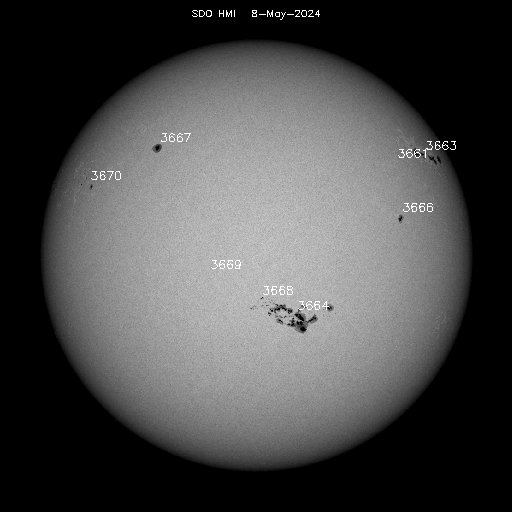Con motivo del eclipse total de Luna que se produjo el 15 de junio de 2011 pasado a las 21:20 aproximadamente, el Club de Astronomía de ESAC organizó una pequeña observación convocando a todos sus miembros y amigos, y especialmente al staff de ESAC. Aunque la participación fue más reducida que ha que ha habido en otros 'Star Parties' anteriores, acudieron en total unas 25-30 personas a disfrutar del evento.

La observación se realizó desde la zona del aparcamiento de visitantes de ESAC, situado en el interior del recinto del centro, al lado de la antena de SMOS. Esta zona es un poco más baja que la tradicional colina de la antigua antena 'up-link' de IUE, a la que no se puede acceder en estos momentos pues se construye el nuevo edificio de usos múltiples de ESAC. Por esta razón no pudimos observar la Luna desde su salida, ya en el eclipse total, hasta que no alcanzó altura suficiente sobre el horizonte, aproximadamente a las 22:20 hrs de tiempo local. La salida de la Luna en Madrid se produjo por el horizonte SE (120 grados de azimut aproximadamente) a las 21:44 hrs.


A pesar de las limitaciones, el espectáculo fue maravilloso, pudiendo observarse perfectamente gran parte del eclipse total hasta las 23:00 hrs aproximadamente, momento en el que la Luna entró en la zona de penumbra. No obstante, mientras observabamos la Luna con los diversos telescopios montados para la ocasión, entre ellos el Celestron del Club, pudimos tambien echar un buen vistazo al otro gran espectáculo de la noche y de todas estas noches de verano, Saturno, con sus maravillosos anillos, ahora ya perfectamente visibles, y sus lunas cercanas.


A lo largo de la observación que se extendió hasta las 00.00 hrs aproximadamente, nuestro compañero de trabajo y amigo Rafael León tomó algunas fotos, que amablemente nos ha cedido para poder dejar constancia del evento. Muchas gracias Rafael.






































